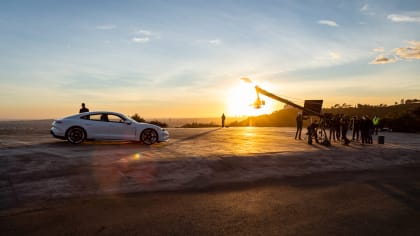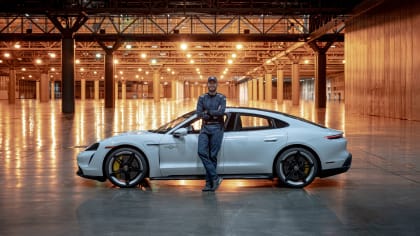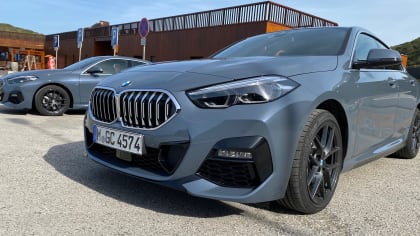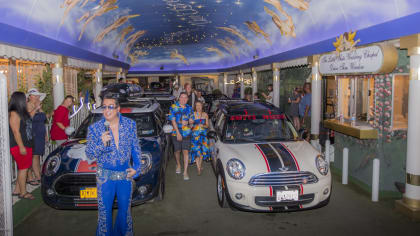LIVING Behind the Wheel
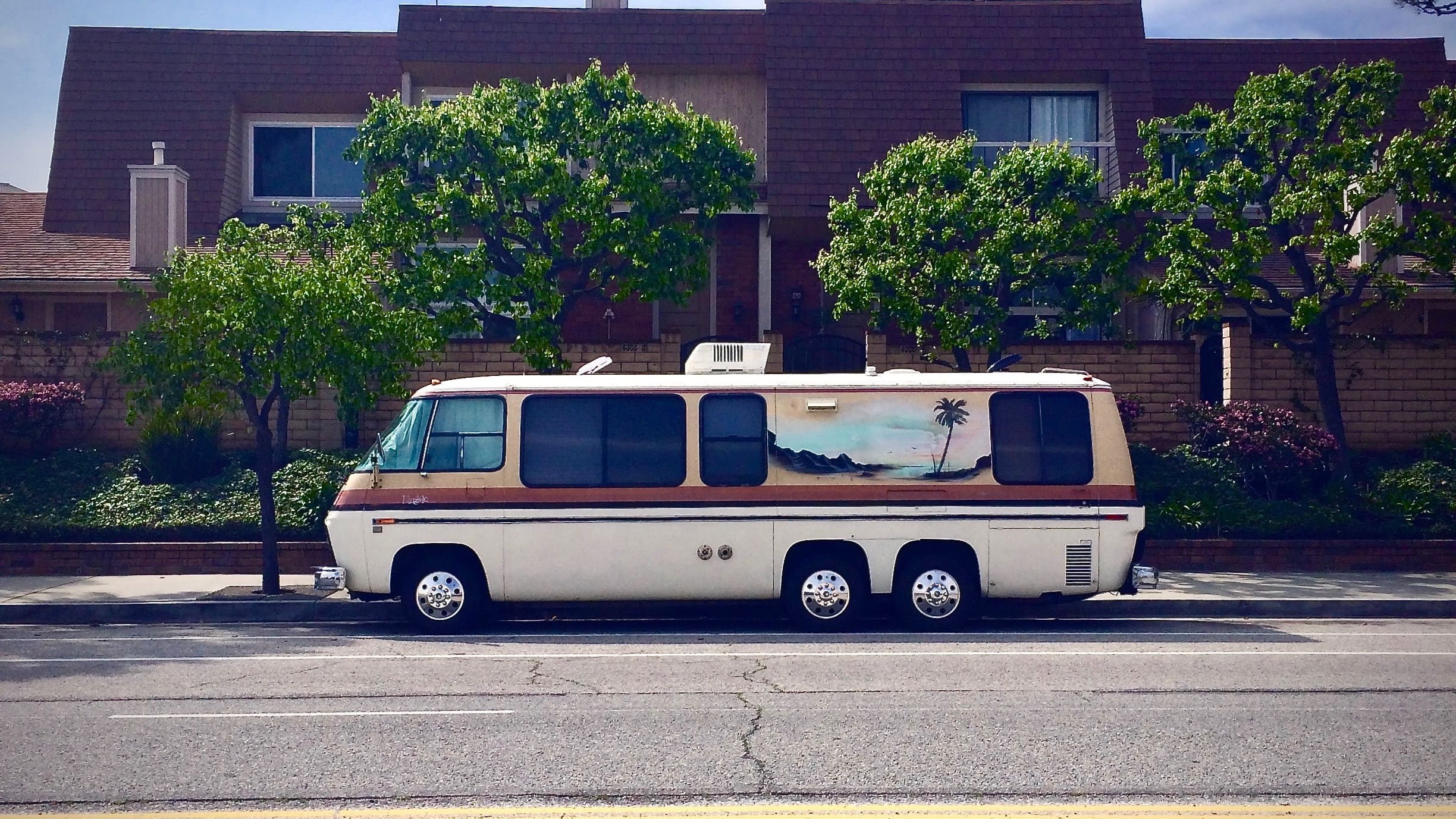
Camping The Streets of L.A.
Linda Ronstadt sang Heart Like a Wheel, but for many of L.A’s homeless, it’s the home that’s like a wheel. Ami Pascual Spear explains why people are taking to the roads.
By Ami Pascual
Sat, Dec 1, 2018 07:33 AM PST
If you look out the window during your next commute, you can’t help but notice RVs, campers, trucks hitched with trailers, vans and cars parked on streets near warehouses, cemeteries, empty lots and other less trafficked parts of the city. Often, the windows conceal a person or a family living inside. Tinted glass, roman shades, blinds, towels, butcher paper and other window treatments provide anonymity and protection from outside forces, including neighbors who are quick to cite LA Municipal Code 85.02 which bars overnight parking in residential areas.
“I’ve simply never been put in that position before,” said a family friend, Greg, over breakfast as he described a night when he accidentally locked himself out of his apartment and had no choice but to sleep in his car until his roommate came home.
New to Los Angeles from New York, he drove around the neighborhood looking for a place to park overnight without getting a ticket. He found himself within 500 feet of his apartment, next to a well-lit building that appeared to be a transitional facility for the homeless. His curious and protective dog, Nesta, was in the car, barking at people coming in and out of the facility. Greg slept for only four hours. “I felt exposed and vulnerable, and I got to thinking that the reason homeless people sleep so much during the day is because they don’t sleep at night. How could they?”
With housing expenses depleting half or more of one’s income, more and more Californians will start relying on their vehicles as a form of affordable housing, living below their means and living behind the wheel. There are currently 52,765 sheltered* and unsheltered** people in Los Angeles County. Of these homeless Angelenos, 15,748 are living in their vehicles: 53 percent in RVs or campers, 24 percent in cars, and 23 percent in vans. This unintended form of affordable housing, at once seemingly dubious and ubiquitous, creates choices and challenges to people who are trying to maintain anonymity while finding permanent housing.
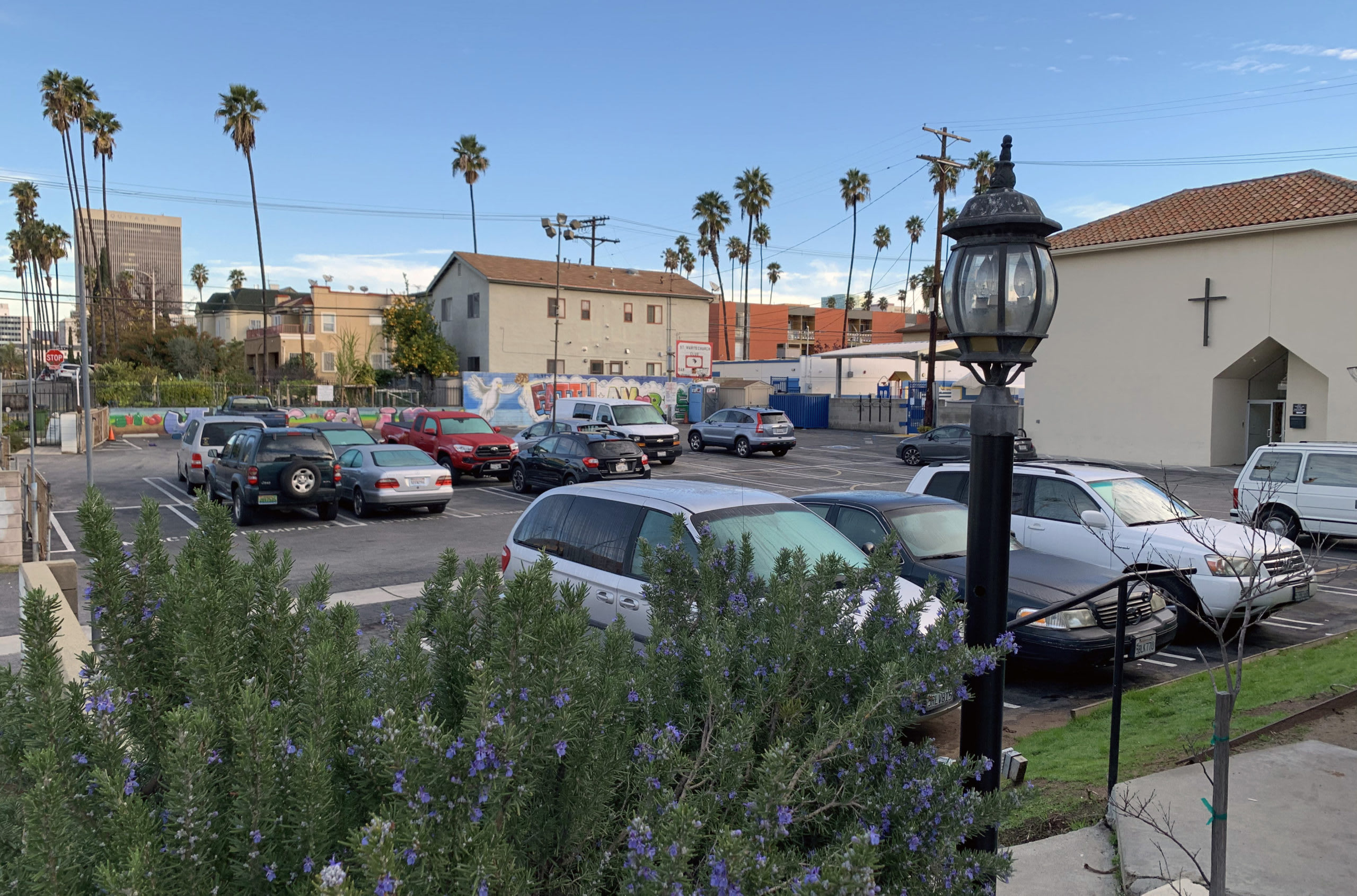
Take for example, Jeffrey, a 26-year old Lyft driver who picked me up at the Oakland International Airport three weeks ago to take me to Berkeley for a holiday luncheon. As we drove past artist lofts and warehouses along Interstate 880, our conversation drifted to forms of makeshift affordable housing our friends were resorting to. I told him about a podcaster I once knew whose formerly homeless girlfriend perished in the tragic, December 2, 2016, Ghost Ship warehouse fire in Oakland.
Jeffrey then told me that he resorted to living in his car after his grandmother died and lost the house he and his uncle slept in due to foreclosure. He was only 16. His uncle, Roberto, still lives in his Chrysler Sebring and refuses to move in with Jeffrey and his wife in their small apartment because he doesn’t want to impose on their privacy. Roberto often misses nephrology appointments due to a combination of anxiety attacks and paranoia, and Jeffrey still circles the block near where his uncle parks so he can at least talk him into taking medications on schedule.
Jeffrey shared that he can see why people live in their cars. The thought of living with a lot of people in a tent or in a warehouse that might burn and kill everyone in it is too much. "I’d rather take my chances in a car I can lock, pull down shades on the window when it’s time to sleep, and drive off to another spot in case people get suspicious. At least I’m in control".
Controlling and solving homelessness is not going to happen any faster than the temporary solutions which claim to be more cost effective and efficient than longer-term strategies. Just six months after a much anticipated and temporary safe parking program for the vehicular homeless in Seattle, the city declared it a failure. Its $16,800 per-parking-lot-spot cost did not result in homeless people getting re-housed, and services to help them find housing took a back seat to additional costs such as garbage collection and portable toilets.
Two permanent solutions to homelessness which have proven successful in the long term, are to increase the supply of housing and to provide culturally relevant and consistent services to people and families with mental health or similar conditions preventing them from staying housed. Since 2016, 36.2 percent of the 10,000 units the City of Los Angeles committed to build by year 2026 have been constructed or are slated to be completed in the very near future. This goal was part of a $1.2B housing bond measure voters approved in November, and heading into year three of this 10-year goal, 51 percent of the funds have been deployed. Services also continue to be provided to formerly homeless Angelenos, including people living in their vehicles who are now allowed, through a revised ordinance, to use their vehicles as dwellings. They are challenged, however, by a window of opportunity and can legally park only between 9 p.m. to 6 a.m. in residential neighborhoods and prohibited from parking in a growing number of commercial and industrial blocks. This translates to legally having access to only 10 percent of Los Angeles’ streets.
In response to providing vehicle dwellers with more access, Los Angeles retooled Seattle’s safe parking model and launched Safe Parking LA in 2016, a coordinating organization which refers Angelenos to safe, nightly parking lots, social services, restroom access and security guard coverage. Safe Parking LA is an adaptation of New Beginnings Counseling Center’s deft and successful program developed in 2004 in Santa Barbara. Each night, New Beginnings provides more than 150 people and families parking spaces, essential case management and supportive services. Because a substantial number of program participants gain access to supportive housing, Santa Barbara’s program template has been enthusiastically adopted by counties across the state, including in San Diego which, through Dreams for Change, operates two sites serving 70 families a night.
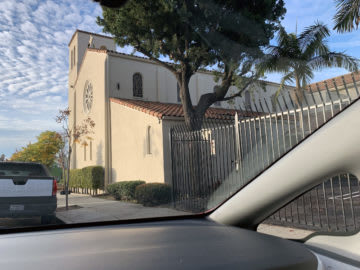
As conversations with Lyft drivers and family friends occasionally turn into relatable, personal stories of struggle, isolation and resolution, others end up in disbelief, disdain or apathy towards the poor, vulnerable and unhoused, as if the vulnerable were to blame for their own poverty.
Then there are debates which devolve into impatient sighs and finger pointing at the very people working non-stop to fund, construct and lease affordable units while delivering services to tens of thousands of people still on waiting lists. They are the affordable housing developers, City and County public servants, faith-based leaders and members, community advocates, social justice organizers and mental health and trauma-informed care professionals—many of whom work at top speed, long hours and low wages.
What will sustain us through this housing crisis is to stop looking away when we drive by homeless people, to know them as human beings and to see that like Coolio’s classic 1994 song, we are all on one long voyage that is neither temporary nor permanent, but somewhere in-between - an in-between that makes the invisible visible, and the visible fantastic***:
Nothin’ from nothin’ leaves nothin’
If you want to have something, you better stop frontin’
What ya gonna do when the 5 roll by
You better be ready, so you can ride
Come along and ride on a fantastic voyage
Slide slide slippity-slide
If you’re living in a city it’s do or die
Come along and ride on a fantastic voyage
*Homeless living in an emergency shelter, transitional housing, motel/hotel voucher use, or a safe haven (a form of supportive housing that serves hard-to-reach people with severe mental illness who have come primarily from the street).
**Homeless living on the street or in makeshift shelters (tents, boxes, RVs/motorhomes, trailers, vans, or cars).
***From the Greek word, ϕαντασία (“a making visible”).
About The Author

Ami Pascual Spear is a writer who loves driving her British green MINI Cooper throughout LA. She studied City and Regional Planning with an emphasis on urban design and economic development.
